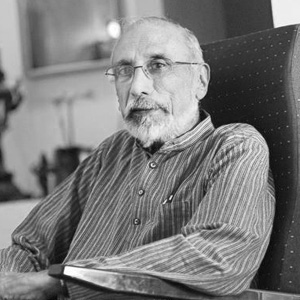
Advocacy
Handcrafting a Sustainable Future: Challenge and Opportunity in a New Millennium
Chatterjee, Ashoke
February, 2020
This essay pays tribute to the many whose tireless attention has impacted issues that affect India’s poor and marginalized. Millions of such lives are entwined with crafts, and their wellbeing with the need for understanding of the economics of this huge sector. Such understanding does not exist today, despite the centrality of crafts and artisans to India’s “tryst with destiny”. Today, the country does not know whether the number of its artisans in this country is 11M, according to its nodal Ministry, or 250M as suggested by one of India’s most distinguished corporate leaders. In a nation and at a time obsessed with the challenges of employment and the specter of jobless growth, reliable data is surely a pre-requisite for effective policy making – particularly for policies directed at what may be its second largest source of livelihood. Or is it our intention to continue to prescribe treatment for this crisis-ridden sector in the absence of adequate diagnostics?
The economics of India’s craft sector
Issues of economic impact usually begin with an oft-repeated acknowledgment that it represents India’s second largest source of livelihood after agriculture. The dismal reality is that data to back this claim is unavailable. India may be is the world’s largest resource of artisanal skill and wisdom, yet its artisans and their crafts are in crisis today even as India in the 20th century gave the world its most significant demonstration of craft heritage as an expression of modernity. This is the situation seventy years after Indian...
This is a preview. To access all the essays on the Global InCH Journal a modest subscription cost is being levied to cover costs of hosting, editing, peer reviewing etc. To subscribe, Click Here.
ALSO SEE
Curriculum for Design Education of Craftspersons
Agarawal, Megha
Framing the Fluid Multiple Perspectives on Bhar...
Johar, Navtej



